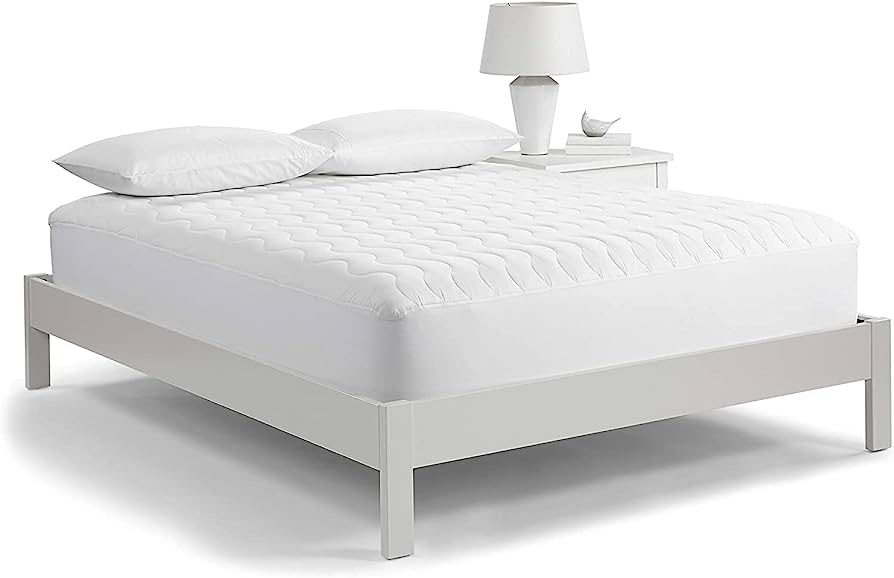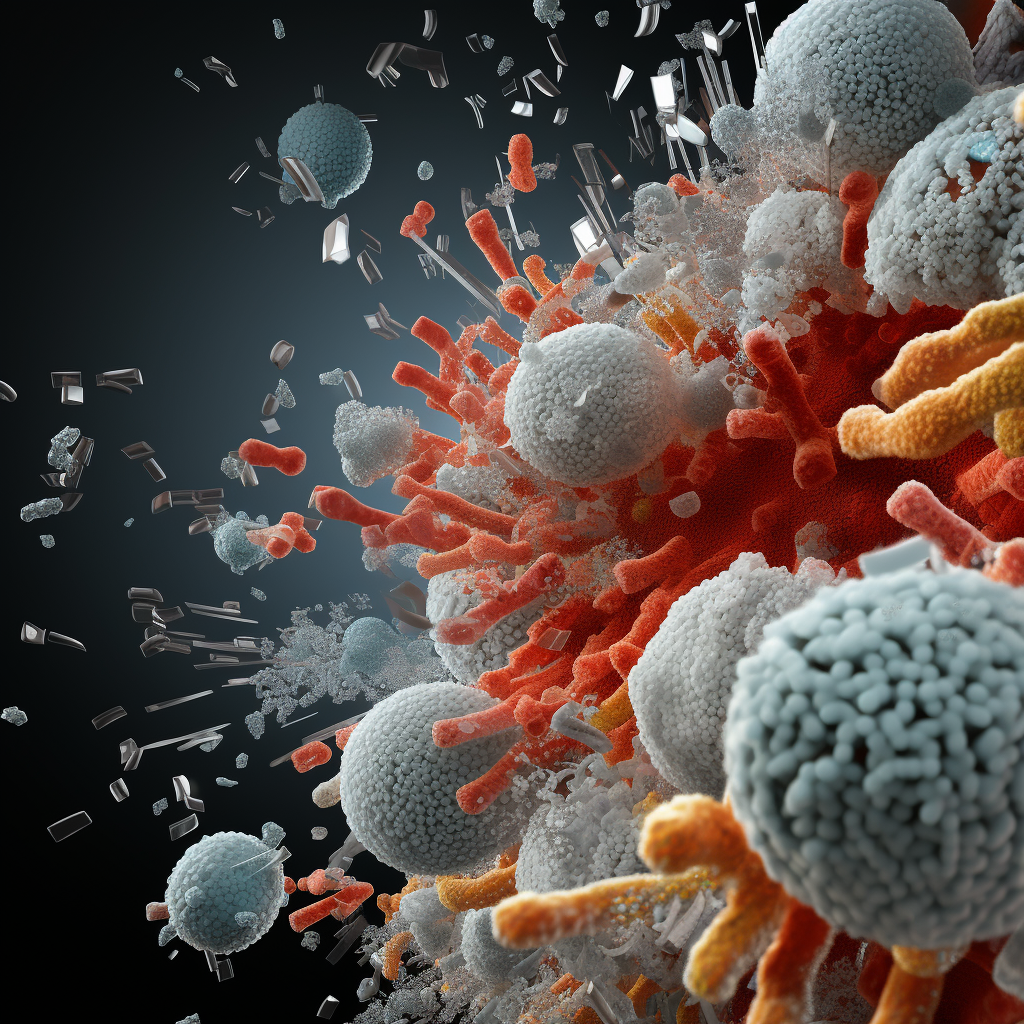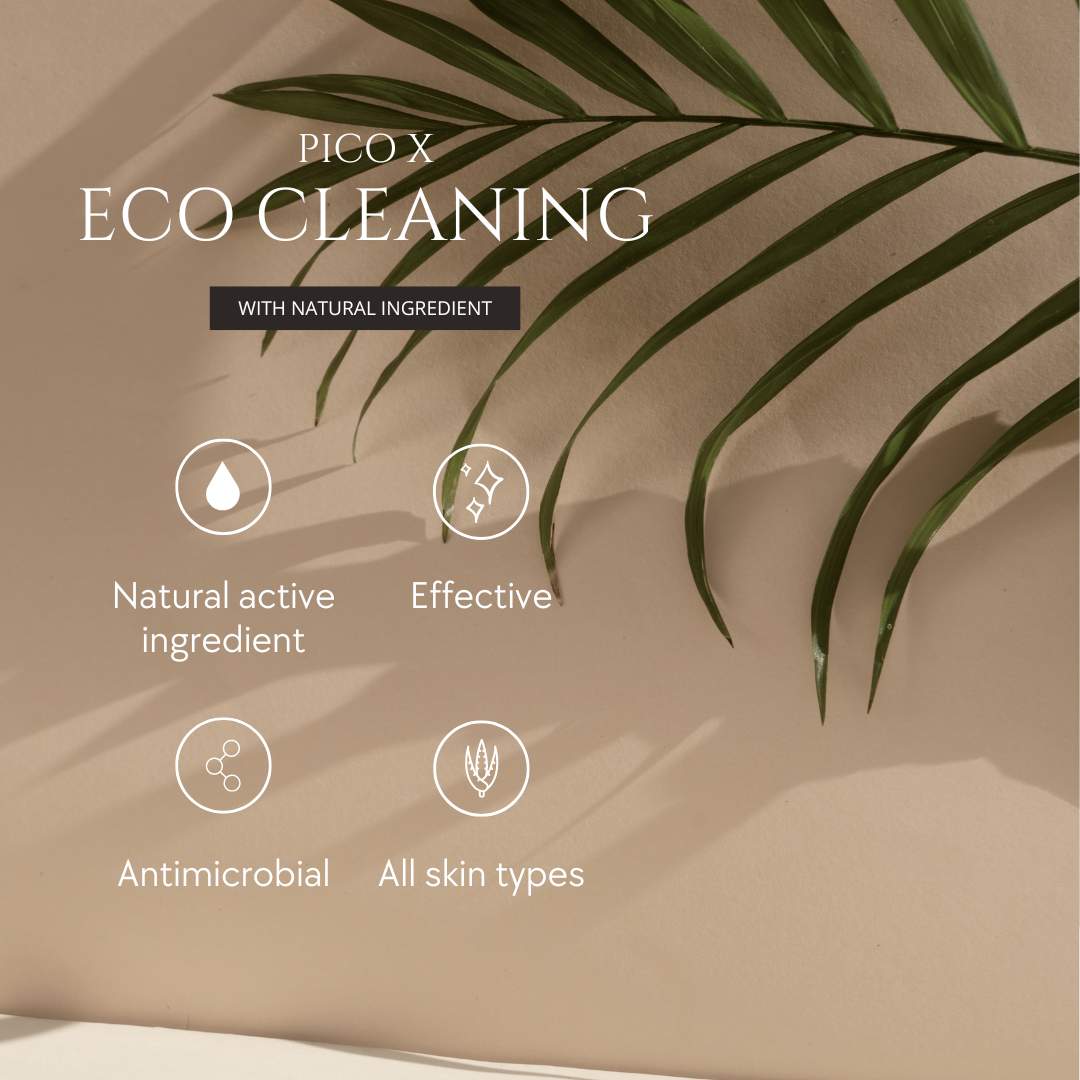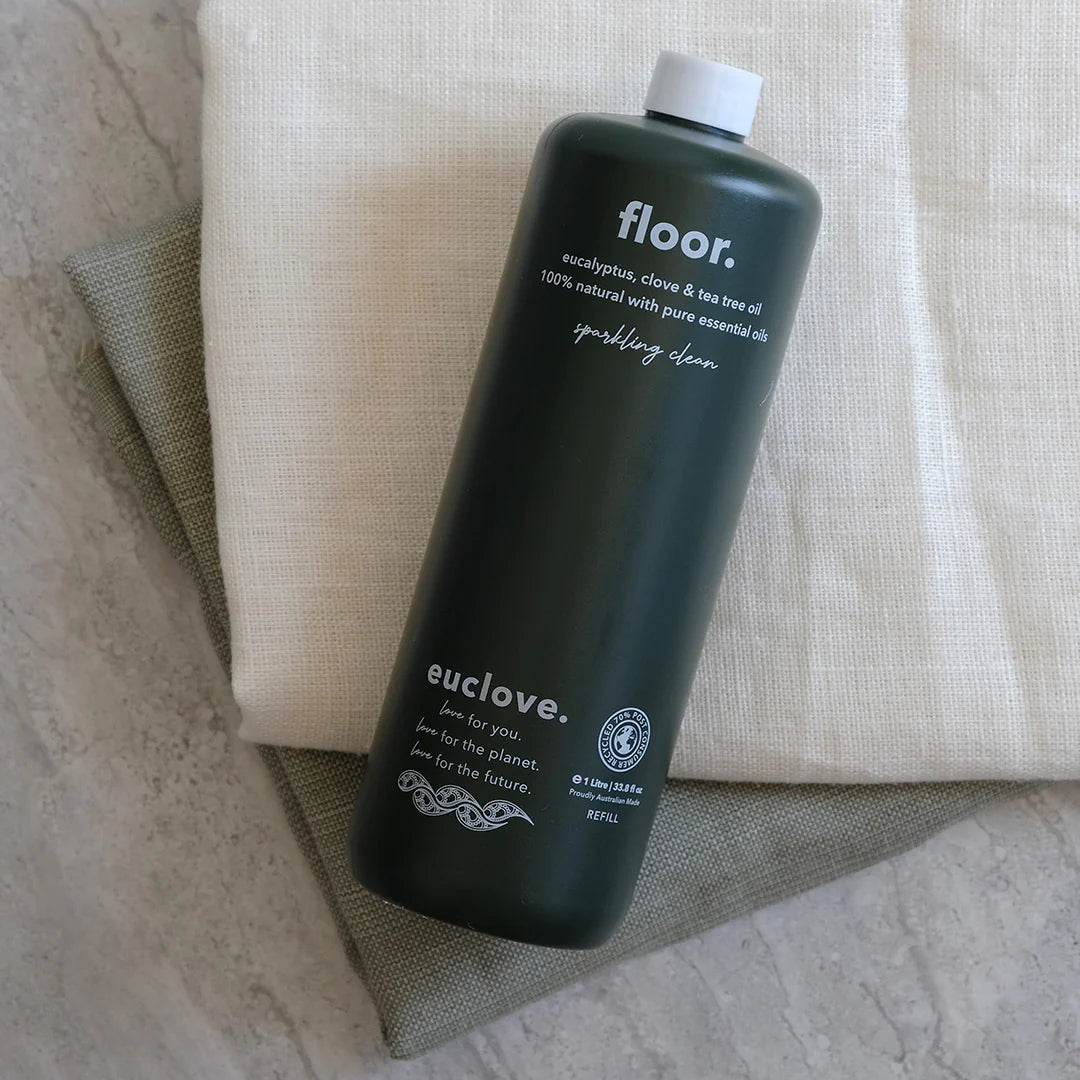-

Adoption of Antimicrobial Coating In The Hospitality Industry
-

Antimicrobial Coated Mattress For A Safe Night's Sleep
-

A safe way to improving indoor air quality and prevent mould at home.
-

Antimicrobial Coatings on Mattresses
-

Antimicrobial Coatings: A Revolution in Home and Commercial Space Hygiene
The science of silver ion as active agent in antimicrobial coating
- 6 min reading time
Silver ion has been known for its antimicrobial properties for centuries and has been used in a variety of applications, including medical devices, water purification systems, and food storage containers. The antimicrobial properties of silver are due to the release of silver ions when silver is in contact with an aqueous environment. These silver ions are highly effective at killing a wide range of microorganisms, including bacteria, fungi, and viruses. This is because silver ions disrupt the metabolism of these microorganisms, leading to the death of the cell.
In recent years, the use of silver ion as an active agent in antimicrobial coatings has gained popularity due to their ability to inhibit the growth of microorganisms on surfaces. These coatings are typically applied to a variety of materials, including plastics, metals, and textiles, and are used in a variety of settings, including hospitals, laboratories, and other public spaces. The use of antimicrobial coatings can help to reduce the transmission of infections and can be particularly useful in environments where the risk of infection is high, such as hospitals and nursing homes.
One of the main advantages of using silver ions as an active agent in antimicrobial coatings is their long-lasting effectiveness. Silver ions are highly stable and do not degrade over time, allowing the antimicrobial coating to maintain its effectiveness for extended periods of time. This is in contrast to some other antimicrobial agents, which may lose their effectiveness over time or may be susceptible to degradation by environmental factors such as light or humidity. In addition, silver ions have a low toxicity profile and are generally considered safe for use in a variety of applications.
There are several methods that can be used to apply silver ions to a surface in order to create an antimicrobial coating. One common method is to incorporate silver ions into a polymer matrix, which is then applied to the surface. This can be done using a process called polymerization, in which the silver ion are incorporated into the polymer as it is being formed. Another method is to deposit silver ions onto the surface using a process called electroplating. In this process, silver ions are suspended in a solution and are then applied to the surface using an electric current. The silver ions are attracted to the surface and form a thin, uniform layer of silver. Manufactures could also add silver ion with a effective good blinder to form a durable coating for application on desired surfaces to ensure the silver ion efficacy on the surfaces.
There are several factors that can affect the effectiveness of antimicrobial coatings containing silver ions. One important factor is the concentration of silver ions in the coating. In general, higher concentrations of silver ions are more effective at killing microorganisms, but it is important to strike a balance between effectiveness and toxicity. Another factor is the type of microorganism being targeted. Some microorganisms are more resistant to silver ions than others, so it is important to select a coating that is effective against the specific microorganisms of concern. Finally, the nature of the surface to which the coating is applied can also affect its effectiveness. Some surfaces may be more conducive to the growth of microorganisms than others, so it is important to consider the specific characteristics of the surface when selecting an antimicrobial coating.
In conclusion, silver ions are highly effective at killing a wide range of microorganisms and are commonly used as an active agent in antimicrobial coatings. These coatings are applied to a variety of materials and are used in a variety of settings, including hospitals and laboratories. The use of silver ions in antimicrobial coatings is advantageous due to their long-lasting effectiveness and low toxicity profile. There are several methods that can be used to apply silver ions to a surface in order to create an antimicrobial coating, and the effectiveness of the coating can be influenced by factors such as the concentration of silver ions in the coating, the type of microorganism being targeted, and the nature of the surface to which the coating is applied.
There are some limitations to the use of silver ions in antimicrobial coatings, however. One limitation is the potential for the development of silver resistance in some microorganisms. While silver ions are highly effective at killing a wide range of microorganisms, it is possible for some microorganisms to develop resistance to silver ions over time. This can occur through the acquisition of genetic mutations that allow the microorganism to detoxify the silver ions or to repair the damage caused by the silver ions. While silver resistance is not a widespread problem, it is something to consider when selecting an antimicrobial coating.
Another limitation of silver ions is their potential for environmental contamination. Silver ions can be released into the environment through the use of antimicrobial coatings or other products that contain silver ions. While the levels of silver ions released from antimicrobial coatings are typically low, it is important to consider the potential for environmental contamination when selecting an antimicrobial coating. Good manufacturer of antimicrobial coating will ensure their coatings will not pose any threats to the environment.
Despite these limitations, the use of silver ions in antimicrobial coatings has many potential benefits. In addition to their effectiveness at killing microorganisms, silver ions are also highly stable and do not degrade over time. This means that the antimicrobial coating can maintain its effectiveness for extended periods of time, reducing the need for frequent reapplication. Additionally, silver ions have a low toxicity profile, making them generally safe for use in a variety of applications.
In summary, the use of silver ions as an active agent in antimicrobial coatings has gained popularity due to their ability to inhibit the growth of microorganisms on surfaces. These coatings are applied to a variety of materials and are used in a variety of settings, including hospitals and laboratories. The use of antimicrobial coatings can help to reduce the transmission of infections and can be particularly useful in environments where the risk of infection is high.
While there are some limitations to the use of silver ions in antimicrobial coatings, which can be overcome by reputable and responsible manufacturer, their effectiveness, stability, and low toxicity profile make them a useful tool for preventing the growth of microorganisms on surfaces.
-

Best Fabric Refresher 2023
-

Looking for the Best Cleaning Services in Singapore?
-

Benefits Of Essential oil Based floor cleaners - Eucalyptus, Clove and Tea Tree
-

Top ten cleaning services in Singapore?









